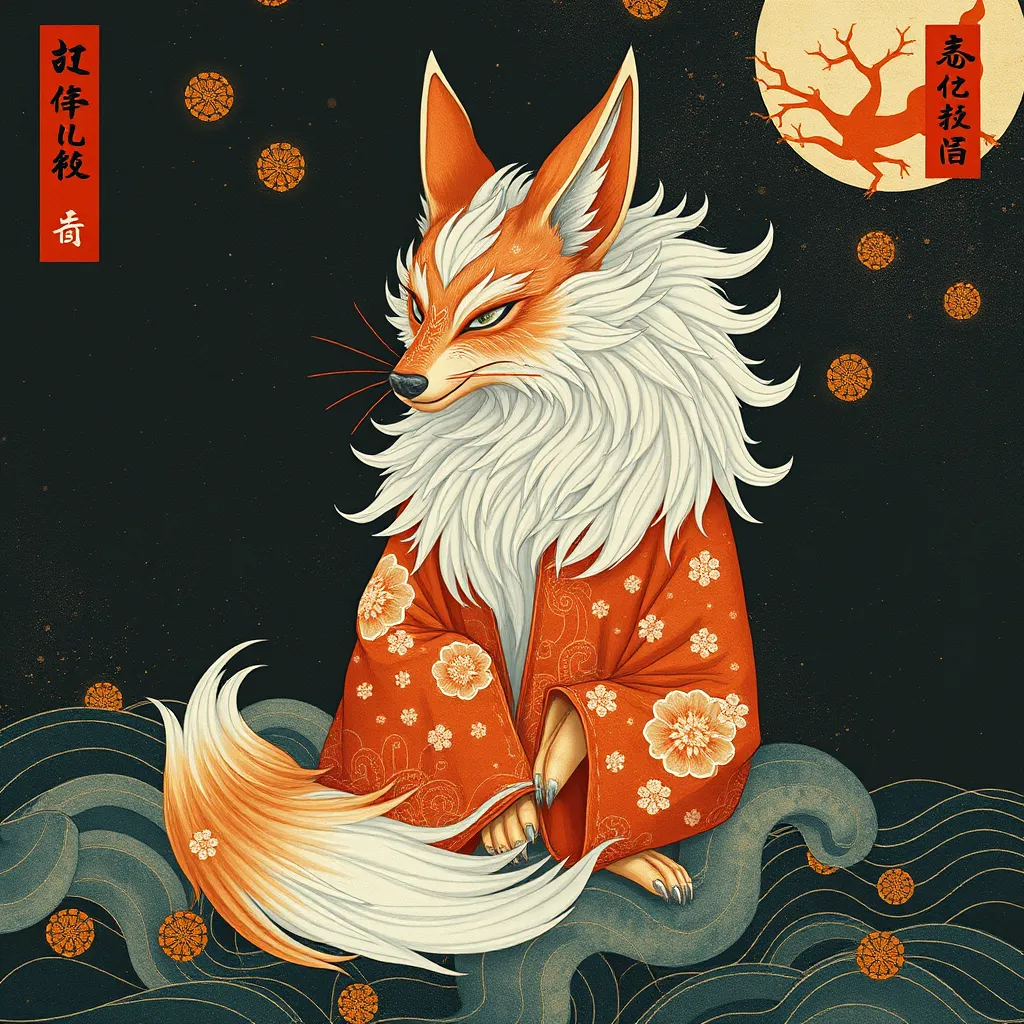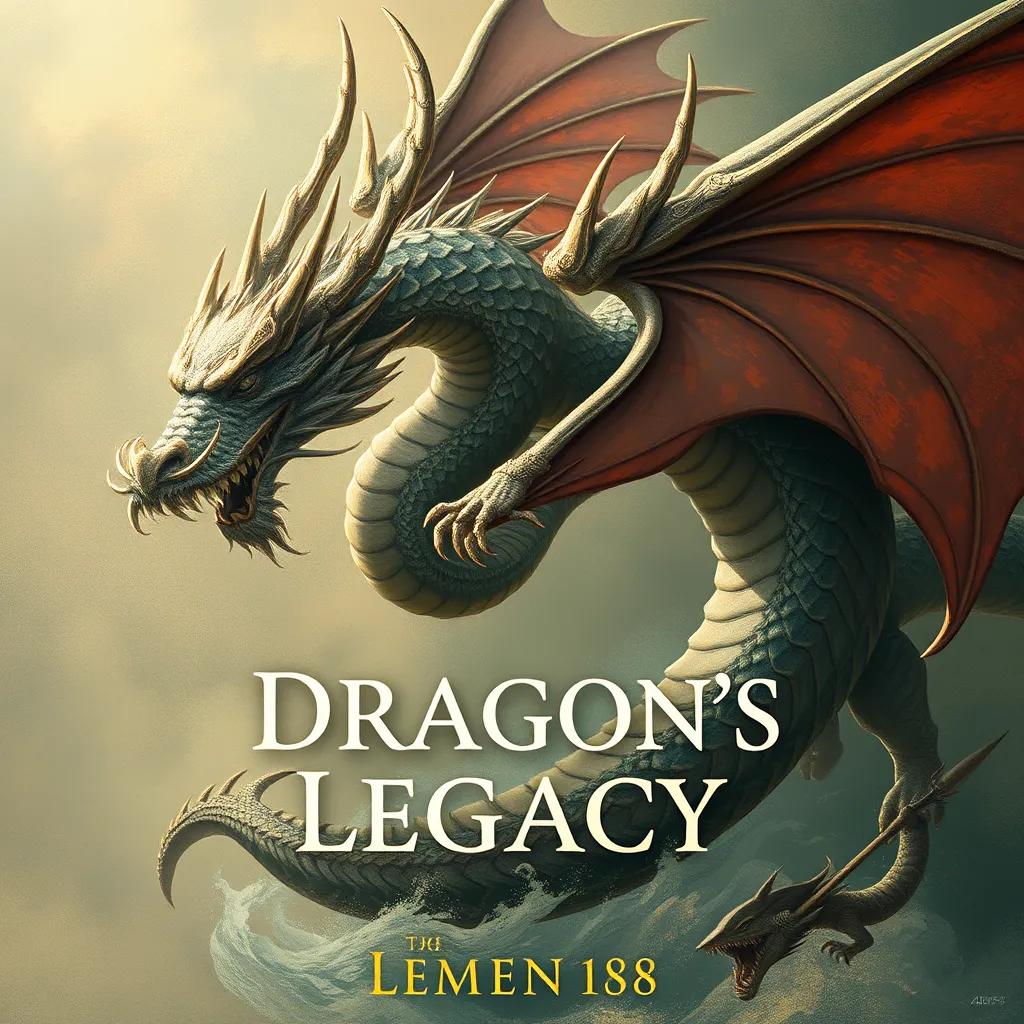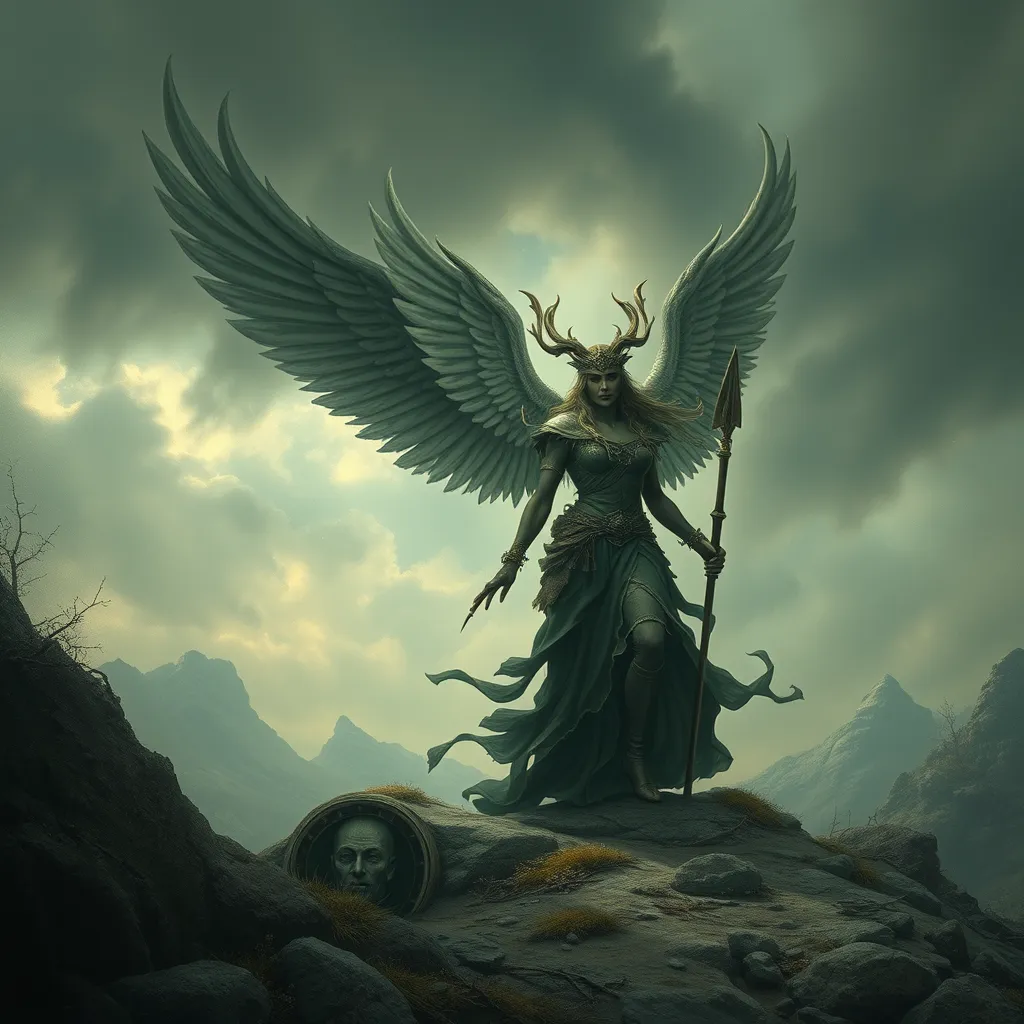Kitsune in Japanese Art and Literature: A Visual Journey Through Mythology
I. Introduction to Kitsune
Kitsune, the Japanese word for fox, holds a significant place in Japanese culture and mythology. Often revered as mystical creatures, Kitsune are considered to be messengers of Inari, the deity of rice and agriculture. Their significance transcends mere folklore; they embody complex themes of duality, wisdom, and transformation.
In Japanese mythology, Kitsune exhibit a dual nature—while they can be benevolent protectors and companions, they also possess the ability to deceive and trick humans. This duality makes them fascinating subjects in both art and literature.
The purpose of this article is to explore the multifaceted representations of Kitsune through various forms of art and literature, tracing their historical origins and examining the symbolism that surrounds them.
II. Historical Origins of Kitsune
The historical origins of Kitsune can be traced back to early mentions in Japanese folklore. Ancient texts, such as the “Nihon Shoki” (Chronicles of Japan), depict foxes as supernatural beings endowed with magical powers. These mentions highlight their role as both protectors and tricksters.
The concept of fox spirits was significantly influenced by Chinese mythology, where foxes were often associated with cunning and seduction. As these stories migrated to Japan, they evolved into the uniquely Japanese interpretations we recognize today.
Over the centuries, the imagery of Kitsune has undergone considerable evolution, adapting to the cultural climate of different eras. From ancient depictions in religious texts to modern interpretations in popular culture, Kitsune have remained relevant and captivating.
III. Kitsune in Traditional Japanese Art
Traditional Japanese art offers a rich tapestry of Kitsune depictions, particularly through Ukiyo-e prints and classical paintings.
A. Depictions in Ukiyo-e prints
Ukiyo-e, a genre of Japanese woodblock prints, features numerous portrayals of Kitsune. Notable artists such as Utagawa Kuniyoshi and Katsushika Hokusai have illustrated these enigmatic creatures in various contexts.
- Utagawa Kuniyoshi: Known for his dynamic and imaginative compositions, Kuniyoshi often depicted Kitsune in heroic roles, showcasing their benevolent aspects.
- Katsushika Hokusai: Hokusai incorporated Kitsune in his landscapes, symbolizing the relationship between nature and the supernatural.
The colors used in these prints often hold symbolic meaning: red and white, commonly associated with Inari, signify protection and purity, while darker shades may hint at the more malevolent traits of the Kitsune.
B. Kitsune in classical painting and sculpture
In addition to Ukiyo-e, Kitsune appear in classical paintings and sculptures. Iconic artworks, such as “The Tale of the Heike,” feature Kitsune as pivotal characters, often portrayed in serene settings that reflect their mystical nature.
Artistic techniques in these works, including the use of flowing lines and intricate details, enhance the ethereal quality of Kitsune, inviting viewers to engage with the deeper meanings behind these representations.
IV. Kitsune in Japanese Literature
Kitsune have also played a significant role in Japanese literature, appearing in various folktales and modern narratives.
A. Folktales and legends featuring Kitsune
Many folktales revolve around Kitsune, often illustrating moral lessons. Famous stories, such as “Tamamo-no-Mae,” tell of a beautiful woman who is revealed to be a nine-tailed fox, highlighting themes of deception and the consequences of one’s actions.
- Moral Lessons: These tales often convey lessons about trust, loyalty, and the complexities of human relationships.
- Regional Variations: Different regions in Japan have their own unique interpretations of Kitsune stories, reflecting local beliefs and cultural nuances.
B. Kitsune in modern literature
Contemporary authors have continued to explore the Kitsune archetype in modern literature, often reimagining their roles in fantasy genres. Works by authors such as Nnedi Okorafor and Kij Johnson have incorporated Kitsune into rich narratives that examine identity, transformation, and the intersection of tradition and modernity.
The Kitsune archetype has become a symbol of resilience and adaptability, appealing to global audiences and inspiring new interpretations.
V. Symbolism and Themes Associated with Kitsune
Kitsune are imbued with rich symbolism and themes that resonate deeply within Japanese culture.
A. Kitsune as a symbol of protection and fertility
In many contexts, Kitsune are seen as protectors of rice and agriculture, embodying fertility and abundance. Their association with Inari further emphasizes their role as guardians of prosperity.
B. The duality of Kitsune: trickster vs. guardian
The dual nature of Kitsune presents them as both tricksters and guardians. This duality reflects the complexities of human nature and the balance of good and evil.
C. Cultural interpretations of Kitsune in relation to Shinto beliefs
In Shinto beliefs, Kitsune are viewed as spiritual beings capable of bridging the human and divine realms. Their presence in shrines dedicated to Inari symbolizes the intertwined relationship between humans and nature.
VI. Kitsune in Popular Culture
The influence of Kitsune has extended into modern popular culture, particularly in anime, manga, video games, and films.
A. Influence of Kitsune in anime and manga
Animes such as “Naruto” and “Kamisama Kiss” feature Kitsune prominently, often portraying them as powerful and noble beings. These representations continue to shape the global perception of Kitsune.
B. Representation in video games and films
Many video games, including the “Okami” series, draw on Kitsune mythology, allowing players to engage with the rich cultural heritage of Japan. Films like “Spirited Away” also incorporate Kitsune, weaving them into narratives that celebrate Japanese folklore.
C. Global impact and adaptations of the Kitsune mythos
The fascination with Kitsune has spurred adaptations and interpretations worldwide, influencing various artistic and literary forms beyond Japan.
VII. Contemporary Art and Kitsune
Modern artists continue to draw inspiration from Kitsune, integrating them into contemporary art forms.
A. Modern artists incorporating Kitsune into their work
Artists such as Takashi Murakami and Yoshitomo Nara have reimagined Kitsune in their works, blending traditional motifs with contemporary styles.
B. Fusion of traditional and contemporary styles
This fusion creates a dialogue between the past and present, allowing Kitsune to remain relevant while honoring their rich cultural heritage.
C. The role of technology in reimagining Kitsune
Technology plays a crucial role in the reimagining of Kitsune, with digital art and animation bringing these mythical creatures to life in new and innovative ways.
VIII. Conclusion
In summary, Kitsune hold a significant place in Japanese art and literature, embodying themes of duality, protection, and transformation. Their enduring legacy continues to resonate with audiences today, inspiring countless interpretations and adaptations.
As we explore the depths of Kitsune mythology, it becomes clear that preserving these stories is essential for future generations. The rich tapestry of Kitsune in art and literature celebrates the complexities of the human experience and the mystical connections we share with the world around us.



